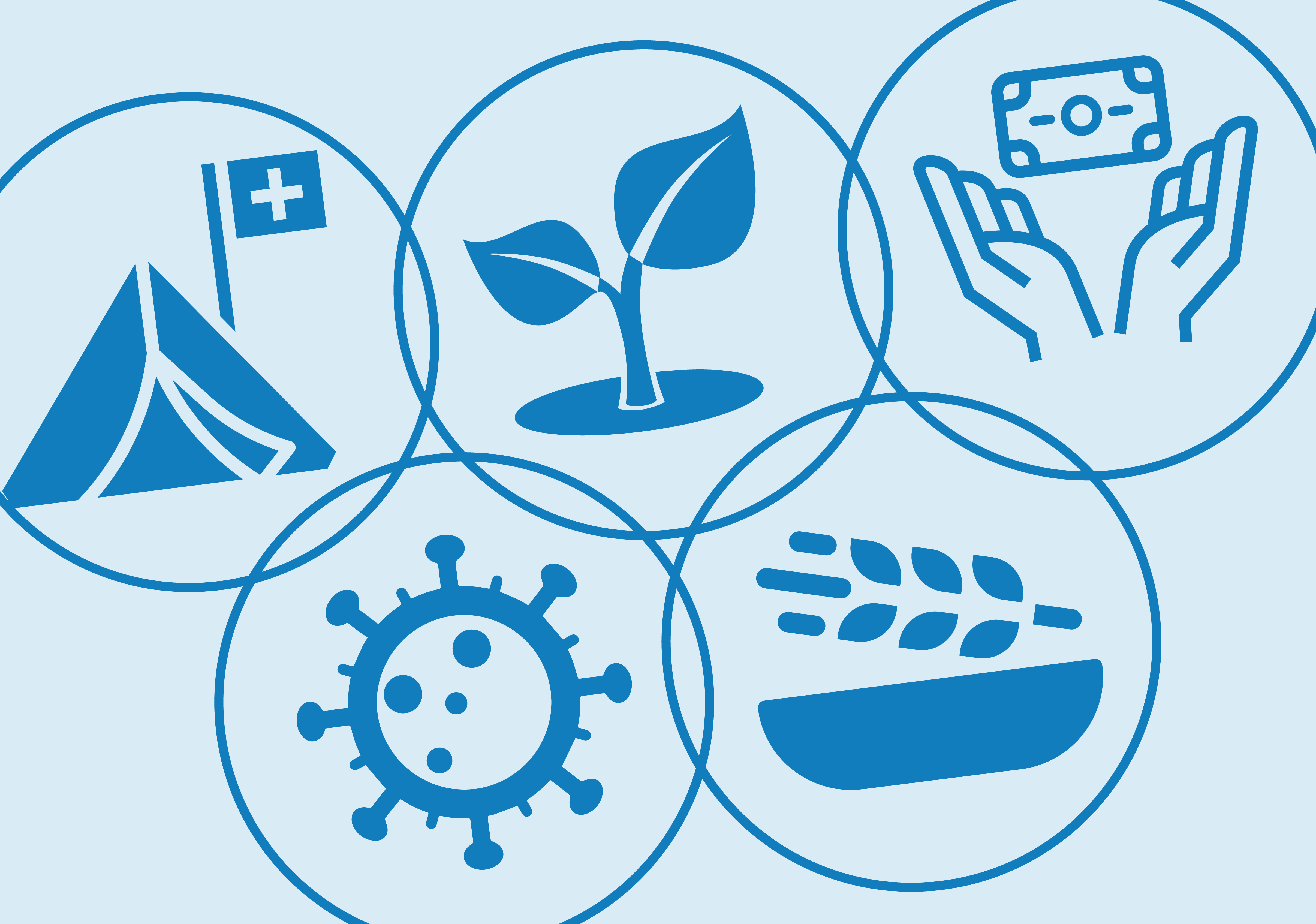It takes a village: Supporting evidence-based humanitarian assistance globally
Today is World Humanitarian Day (WHD), an annual campaign that highlights the importance, effectiveness and positive impact of humanitarian work globally and recognises the acute humanitarian challenges that persist. To mark this, Integrity Monitoring, Evaluation and Learning (MEL) Manager Georgie Nink reflects on the collective nature of global efforts to provide humanitarian assistance, including within Integrity’s own projects.
Humanitarian actors continue to work to respond to the sheer volume of need globally, even as the COVID-19 pandemic, increasing famine/food insecurity and climate-related disaster events have created new challenges and made it more difficult to provide life-saving assistance. There are 306 million people in need around the world, and the number of people in need has tripled since 2015.[1] Development gains have been reversed, with extreme poverty on the rise, hunger and food insecurity growing at unprecedented levels, and humanitarian needs increasing due to the devastating impact of COVID-19 on economies and livelihoods.[2]
The theme of WHD 2022 is “It takes a village”.
Whenever and wherever people are in crisis, there are others who help them. From the affected people themselves – always first to respond when disaster strikes – to the global community that supports them as they recover, they come together to ease suffering and bring hope.
WHD Campaign 2022
From health workers and shelter specialists, to data analysts and emergency responders, a diverse group of national and international staff and volunteers work together every day to meet the needs of the most vulnerable.
In the fast-paced, high-pressure context of a humanitarian crisis, decision makers and implementers need context-aware and conflict-sensitive information. Integrity provides clear, timely and easily understood reporting that supports a range of humanitarian actors to navigate the above challenges, including in hard-to-reach and conflict-affected areas.
In Syria, a protracted conflict setting with 27.1 million people in need[3], we provide high-quality MEL and research services to support our humanitarian partners. We have supported partners in Syria for ten years to provide critical humanitarian assistance to populations in need, including internally displaced people, women and children.
In Pakistan, we recently provided MEL services to the UK Foreign, Commonwealth and Development Office on its Multi-Year Humanitarian Support Programme (MYHP). This multimillion-pound programme aims to reach at least two million people with life-saving assistance and early recovery activities following natural disasters and conflict. We conducted third-party monitoring covering a host of thematic areas, such as community-based management of acute malnutrition and programming for the expected influx of Afghan refugees due to the political upheaval in Afghanistan. We also evaluated the MYHP programme with a focus on three key intervention areas: early recovery from disasters, cash-based assistance and the COVID-19 response.
We know that it takes a village of hardworking national and international aid workers to quickly design, implement and scale an effective response to a humanitarian disaster. That is why we work with a ‘village’ of national and international humanitarian aid experts and analysts, while also leveraging strong local networks in difficult operating environments to support effective humanitarian assistance. Local communities affected by crises will always be the first responders on the ground. Those closest to the crisis have the strongest grasp of the local context and other exacerbating factors. They are also best placed to identify local resources that can support the response.
In Syria, our team of enumerators, analysts, coordinators and drivers can access the hardest-to-reach areas to collect and verify data. We also rely on local enumerators and analysts, both to verify and contextualise the data we receive and to maintain high data quality in our reporting. We use this approach to provide in-depth MEL and research reports on a wide range of topics, from sectoral analyses and stakeholder mappings to area profiles of select villages and ‘deep-dive’ reporting on COVID-19 perceptions and misinformation among local communities.
We know that flexibility is key in the conflict-affected settings in which we work. In addition to our in-depth reporting, we respond to bespoke information requests from our clients, providing flash reports that draw upon our extensive local networks to provide real-time updates on unfolding issues.
We will continue to support our clients to provide effective humanitarian assistance to people in need around the globe, and this would not be possible without our ‘village’ of team members, each of whom have a critical role to play.
